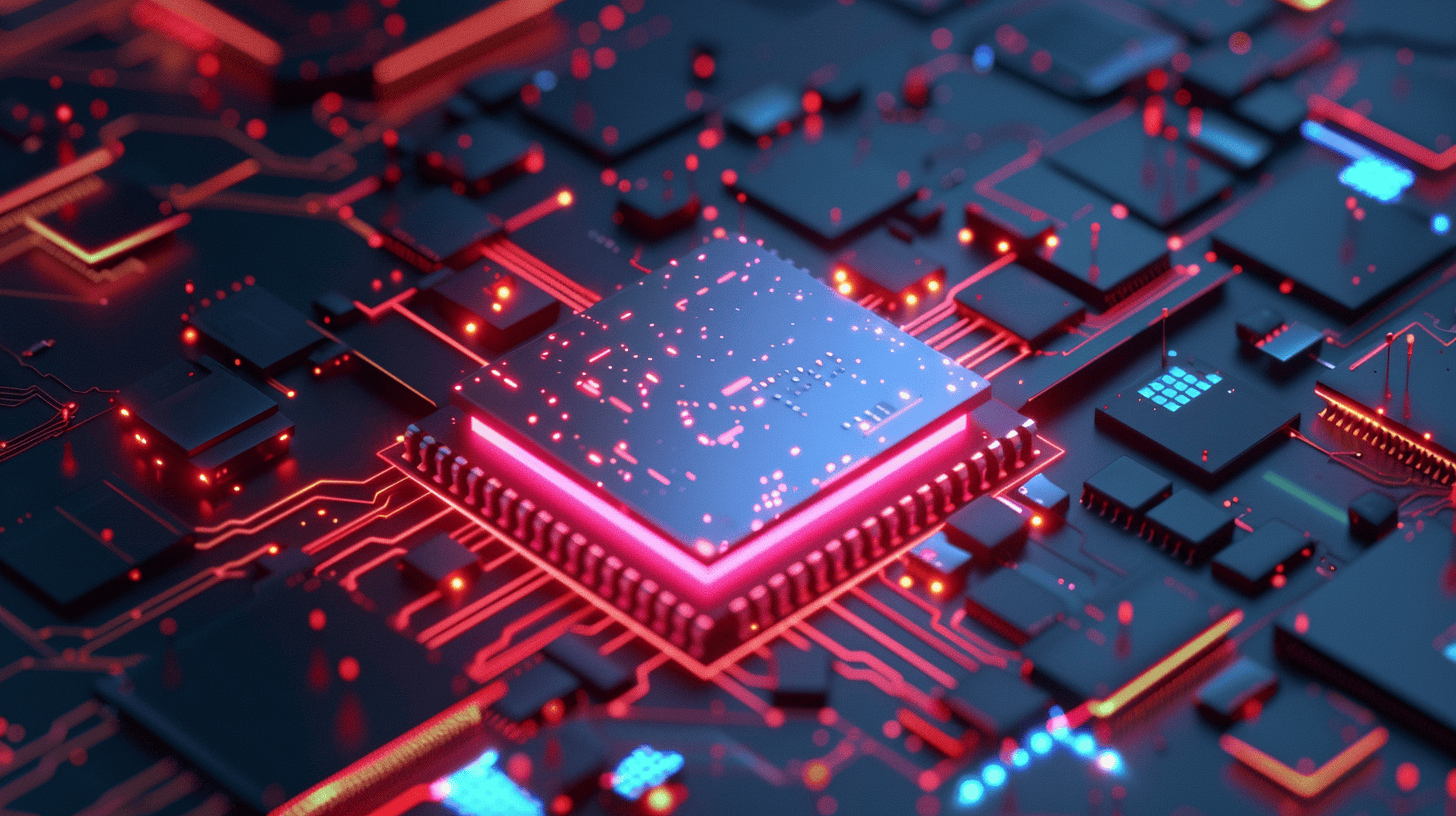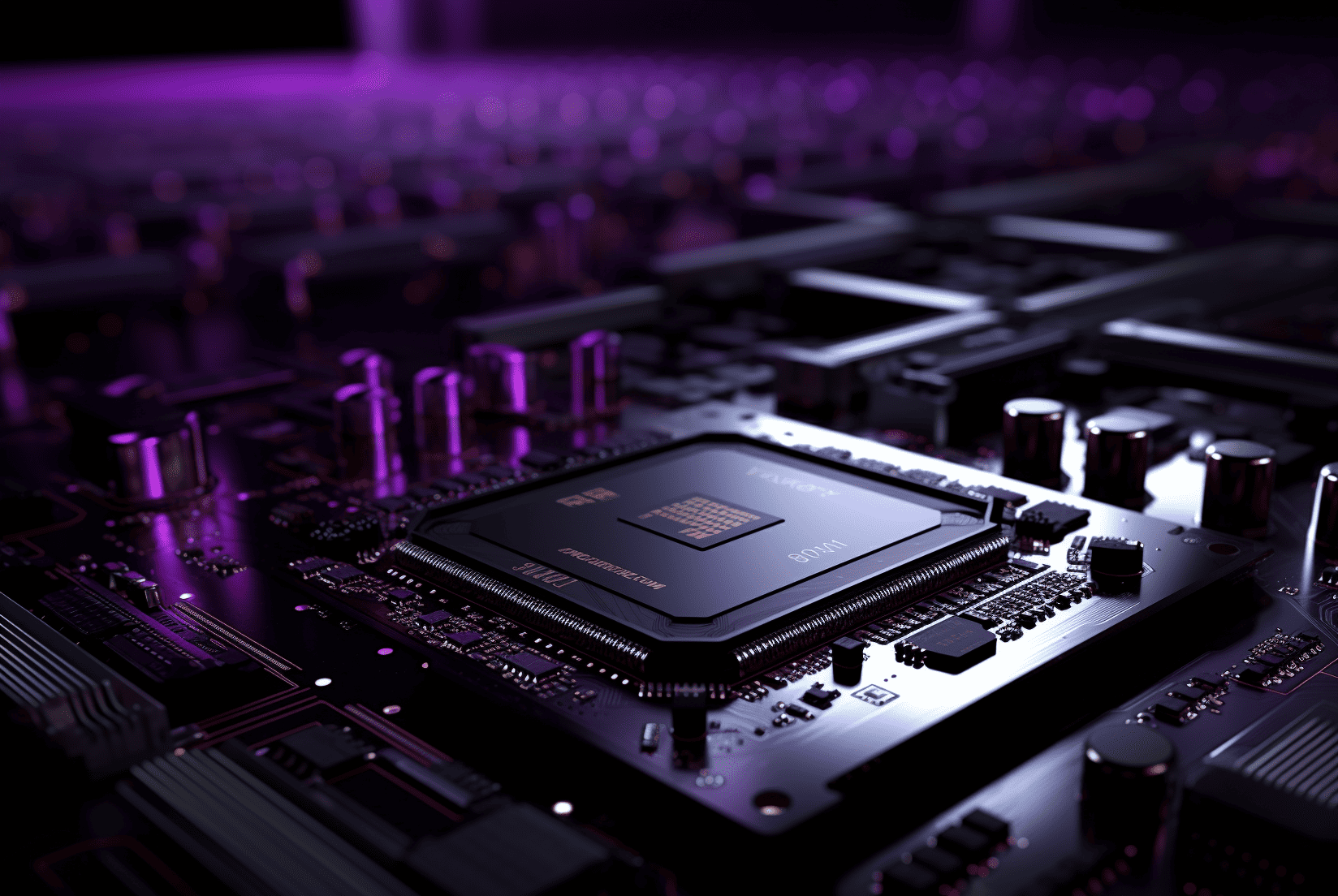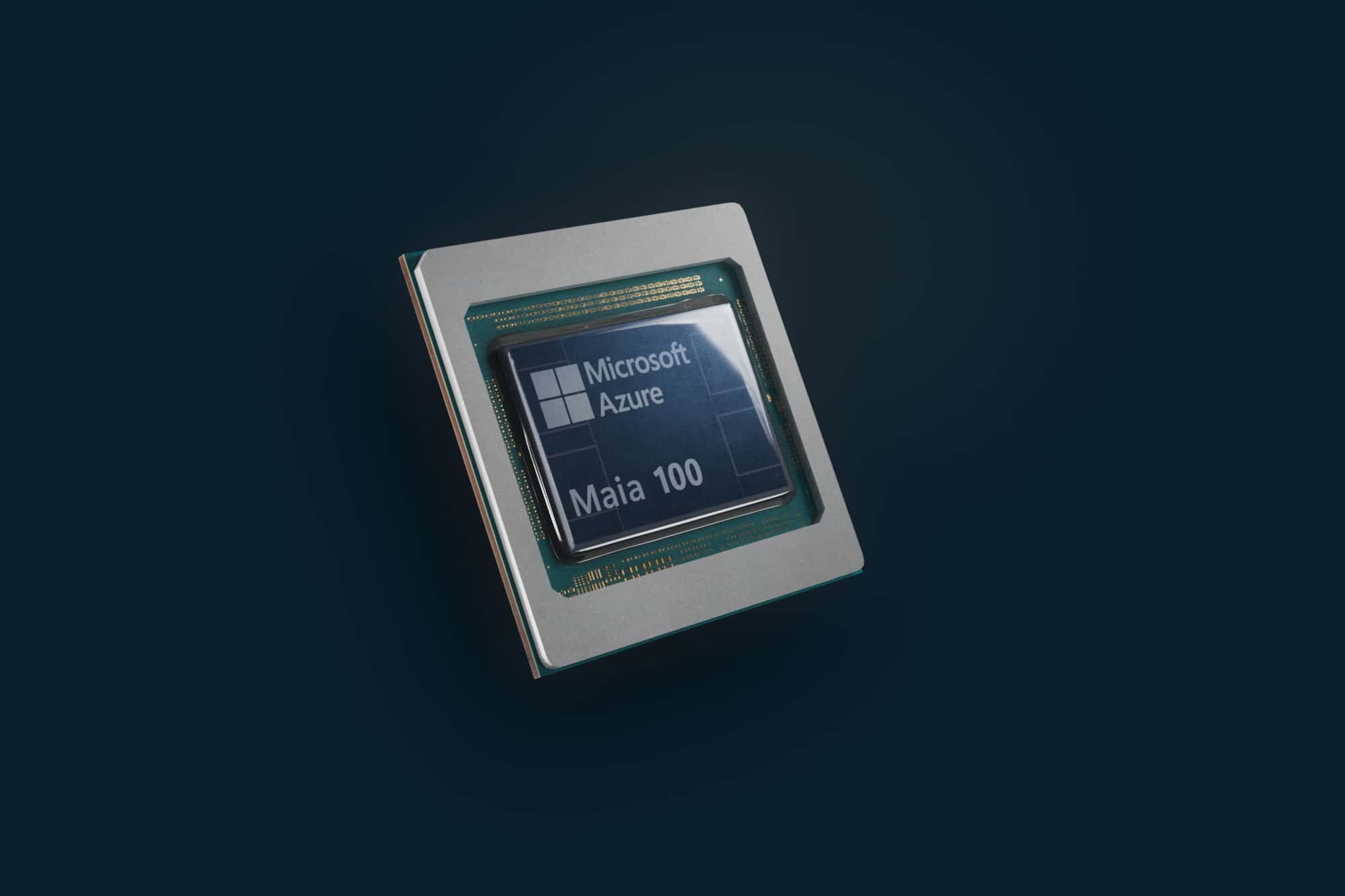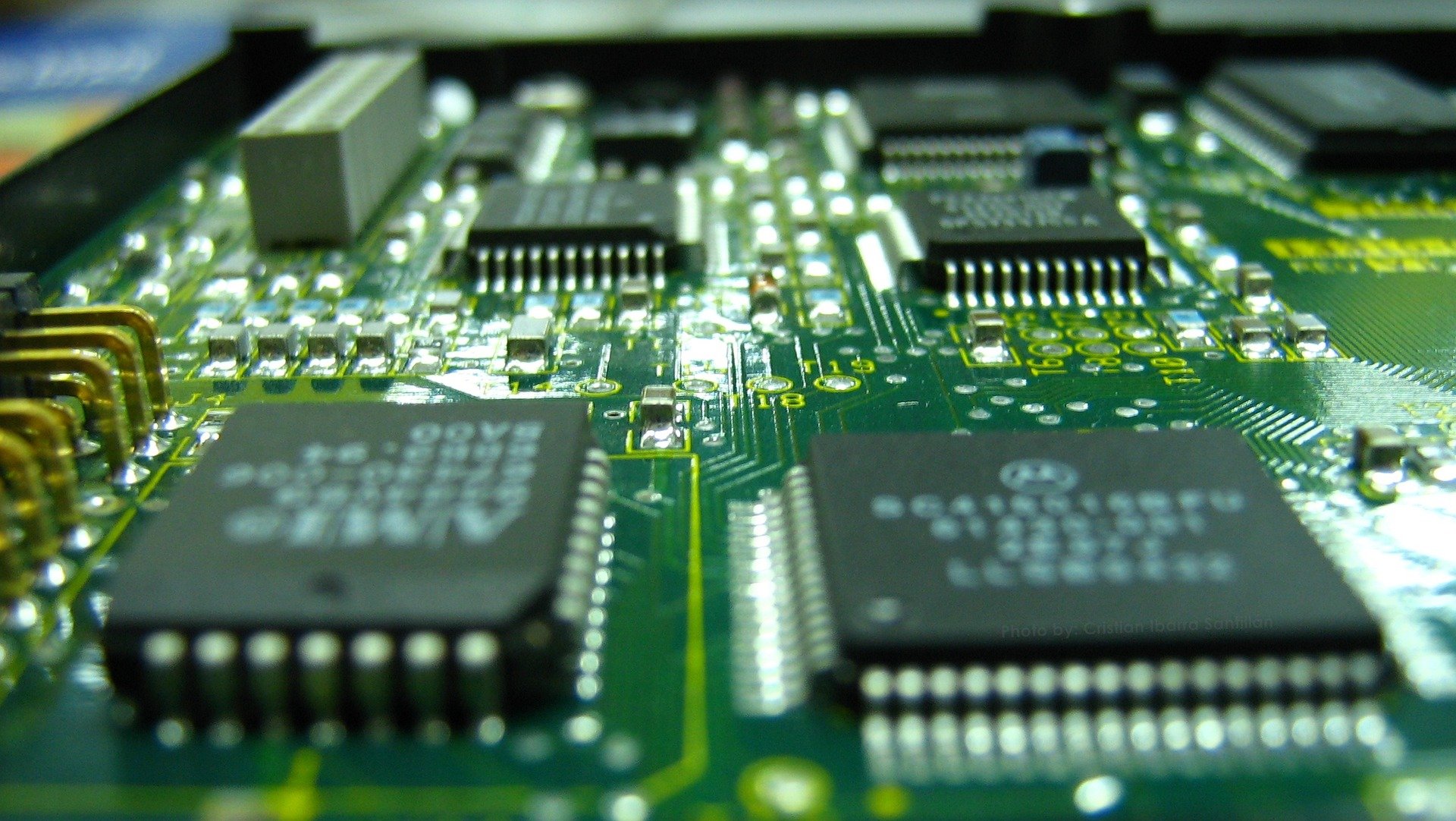
How well does a wound heal after surgery? Or how is the disease progressing in a rheumatic patient? These are questions the medical sector faces every day. Imec, a partner in the Holst Centre in the Netherlands, is developing small and energy-efficient bio-impedance chips for a wearable medical product. “Applying the technique in a very small chip is unique,” says Lucas Lindeboom, Biomedical Engineer at imec.
Bioimpedance
Bioimpedance is a non-invasive technique in which the body composition is mapped by means of a low-level electrical signal. It is a technology many people already know subconsciously from the special scales at the gym that send a current runs through the body to determine the percentage of body fat. What many do not know is that the technology is also used in the medical sector to measure fluid accumulation in patients with heart and/or kidney failure.
Imec is now taking this technology to the next level. They are working on small chips and wearables that can be used at home or on the road. This may make the frequent use of large hospital devices to monitor the body obsolete in the future. The technology is non-invasive, widely applicable and highly suitable for monitoring the healing of wounds, for example. Even the fluid accumulation in the lungs of patients with heart failure can be monitored.
“Applying this technology in a very small, low-energy chip is unique,” says Lindeboom. Although still in the prototype phase, the wearables are already being tested on a limited basis in practice. Willemijn Groenendaal, Principal Scientist at imec explains: “Imec is working with the Future Health department of Ziekenhuis Oost-Limburg in Genk to test and improve the chips, prototypes and algorithms that have been developed. We are working with doctors from different departments and setting up studies to see exactly what is needed to apply our wearables.”

Energy-efficient and safe
The use of chips in medical wearables will offer many advantages for patients in the future. In addition to being wearable, they are small, energy-efficient and extremely suitable to wear without discomfort. “For example, these can be small, smart band-aids with a small battery incorporated. Continuous charging is also no longer necessary,” says Groenendaal. Patients do not have to worry about data security, either, as security is high on the agenda at imec. On top of these advantages comes the wide frequency range of the chips in the wearables. This eliminates the need for the large devices currently used for bio-impedance measurements. “We can achieve the same thing, but with a chip of a few millimeters in size.”

Wound Healing
Among other things, imec’s prototypes can be used to gather information about wound healing. This is extremely useful after knee surgery, for example. “You can imagine that it is then important to keep a close eye on the knee,” says Lindeboom. To get answers to that, bioimpedance can be used. It is then an objective measure to determine recovery. Continuous monitoring can also be carried out in troublesome areas, such as leg wounds.”
Joint inflammation
Wearables can also play a role in monitoring joint inflammation, such as in the case of arthritis. For instance, they can monitor how much fluid accumulation there is in a knee, but can also obtain more specific information. “This is still entirely in development, but we think that cell membranes play a role in the inflammatory process,” Groenendaal says. “When do the membranes start behaving differently? What happens next when this is the case? We can see the course of inflammation and predict when inflammation worsens. We can also see whether the medication a patient is receiving is sufficiently effective.” But research into the use of bioimpedance in wounds and arthritis is really still in its infancy. We’re still focusing on developing prototypes right now.”
Kidney dialysis
The use of bioimpedance in kidney dialysis has been studied for many years and can effectively monitor patients’ fluid levels. This is necessary because kidney patients sometimes retain large amounts of fluid. The method can therefore be used to determine the target weight of a dialysis patient. Lindeboom says: “With our bioimpedance wearables, patients can see for themselves at home how much fluid needs to be removed from the body,” says Lindeboom. “Kidney patients now go to the hospital for dialysis an average of three fixed times. The development of home dialysis systems is on the rise. With home monitoring of fluid levels, it could be that dialysis is carried out in the future only when it is really needed. In that case, the attending physician can watch from a distance. This can reduce the need for the patient to go to the hospital and also help the patient to adjust their diet.”
From wearable to implantable
So, just like the technology in cell phones and other devices, we are seeing bioimpedance technology become smaller and smaller. Measurements can be made at increasingly detailed levels. If we look even further into the future, we will see that, in addition to wearables, implantables will increasingly become the norm. At imec, research is currently being conducted into their possibilities and functioning.
“Implantables have many advantages over wearables,” Groenendaal explains. “Take for example a patient with heart failure. Now he or she is asked to step on the scale every day to gather information. An implantable can take measurements without having to bother a patient with that every day.” In addition, such an implantable can take much more accurate measurements in places where a wearable cannot. “For example, think about measuring what is happening inside a nerve. With a bioimpedance implantable, you can see if the right nerve is being stimulated in the right way.”
A boom
In the coming years, research into bioimpedance will take off, Lindeboom and Groenendaal predict. “Over the years, we will be able to make increasingly specific measurements, both in space and over time,” says Groenendaal. “In a few years it will already be possible to take measurements at the nerve level using an implantable, but there is still a lot of research to be done. At imec, we are always working on innovative applications for tomorrow. It is incredibly gratifying to see when our applications, such as the technology behind bioimpedance wearables and implantables, prove effective and are adopted by the medical market.”
Also interesting: Future prospects for kidney patients: from a portable dialysis device to a fully implantable artificial organ








